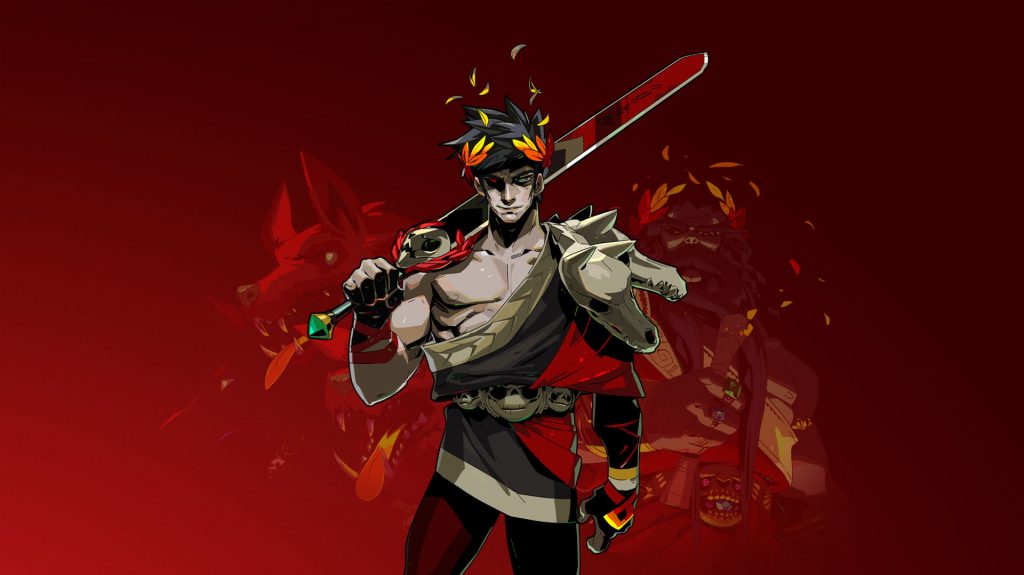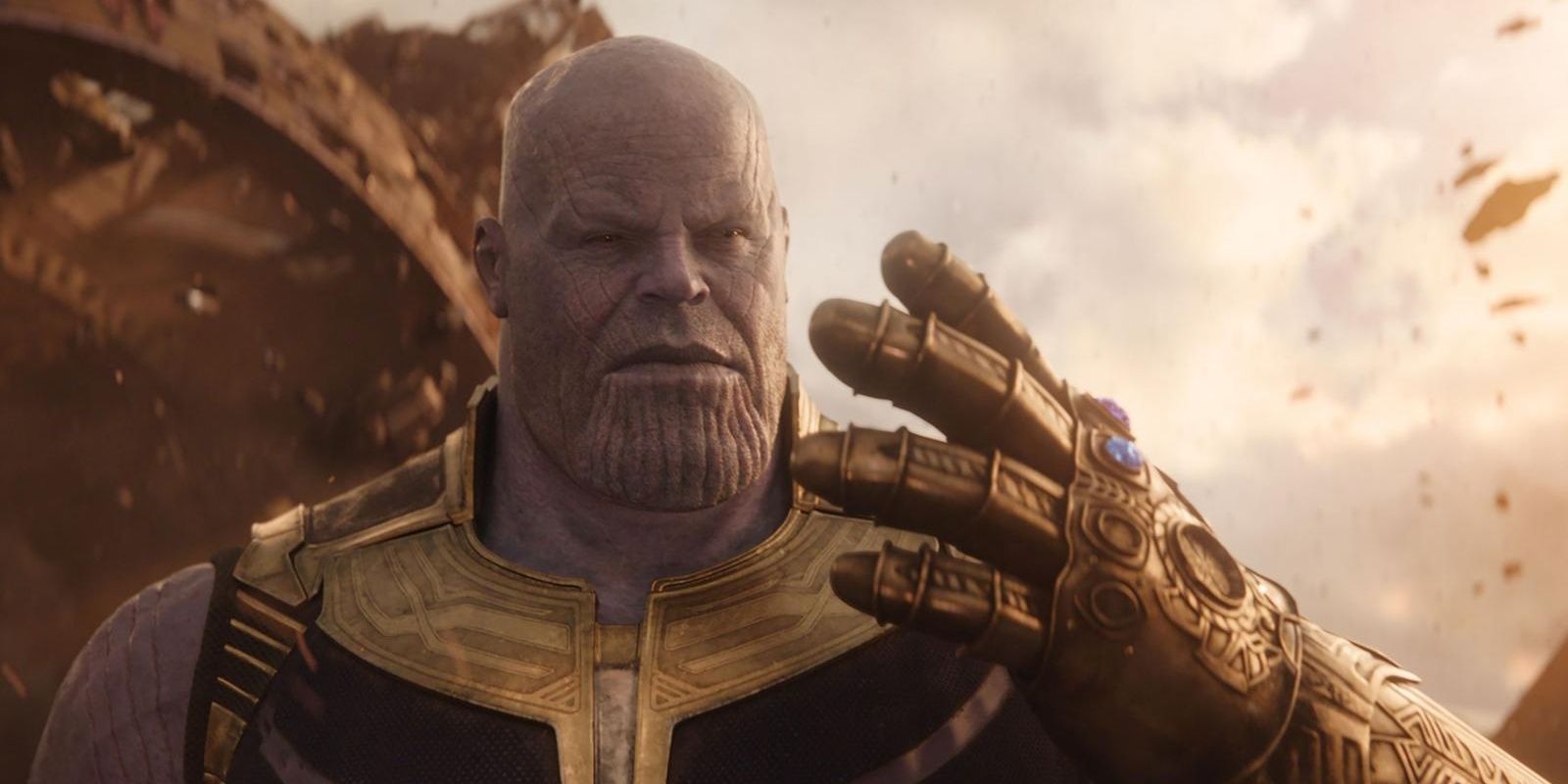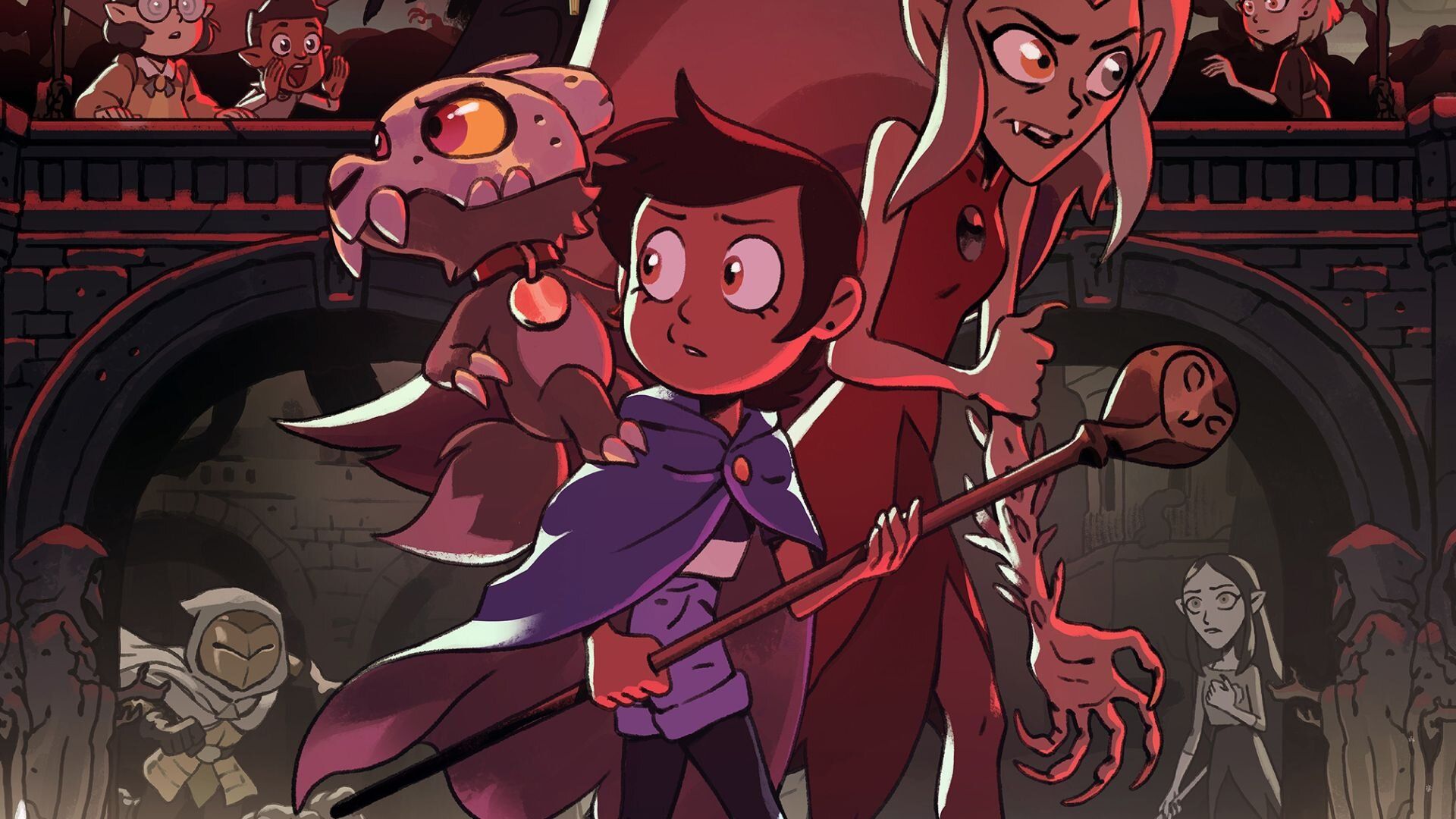
“Nearly all of season two was created during the pandemic,” Ricky Cometa, art director on Disney’s The Owl House tells me. Like many creative mediums, animation has been forced to adapt to a changing world amidst the coronavirus outbreak. Thanks to modern technology, this has proven to be manageable, yet it still comes with its fair share of obstacles – it’s an unorthodox approach that requires a passionate team to work together and accept when compromises need to be made.
Fortunately for The Owl House, Cometa and his team were still able to create something special. “It’s been quite a challenge and communication has proven to be the most important [part],” Cometa explains. “I’m more hands off in creating art this season. My time is heavily invested in production meetings, reviews, communication, and overall direction. Providing production and story context is also very important, it was a lot easier when everyone was under the same roof. It’s definitely been a process, but we’ve gotten better and have learned to work around it.”
Related: Molly Knox Ostertag on The Girl From The Sea, The Owl House, And Finding Hope In Queer Media
Cometa “misses the camaraderie” that comes with an office environment, which the team will likely return to as the show continues production. Created by Dana Terrace, The Owl House first premiered in January 2020 and has since captured the imagination of a huge fanbase, many of whom have migrated over from the likes of Steven Universe and She-Ra and the Princesses of Power. Cometa worked on the former as an art director, paving the way for a new kind of diversity both in terms of the animation itself and the themes it strives to represent.
“Early in my career, at the end of my years at CalArts, my work centered around visual development for animation,” Cometa says. “I focused on character design, writing, and storyboarding. I freelanced on many unannounced projects at a handful of studios and noticed my clients gravitated toward my illustrations, world building, and execution. It was then I noticed a transition into art direction. After building a relationship with Cartoon Network and Steven Universe, I had joined their productions in paint and art direction. There I honed the craft and what the role encompassed. I continued to develop and art direct on multiple projects, including The Owl House. It’s been so fun and fascinating, learning about myself and the industry along the way.”
The production process of animated shows and the intricacies associated with them are things that a lot of people overlook – myself included – so I couldn’t help but pick Cometa’s brain about what life is like working on The Owl House, especially under the banner of a company like Disney. It all revolves around collaboration: directors are tasked with ensuring writers, artists, animators, and all members of staff are working together as a single cohesive unit. It’s a joy to talk about, even if it’s overwhelming.
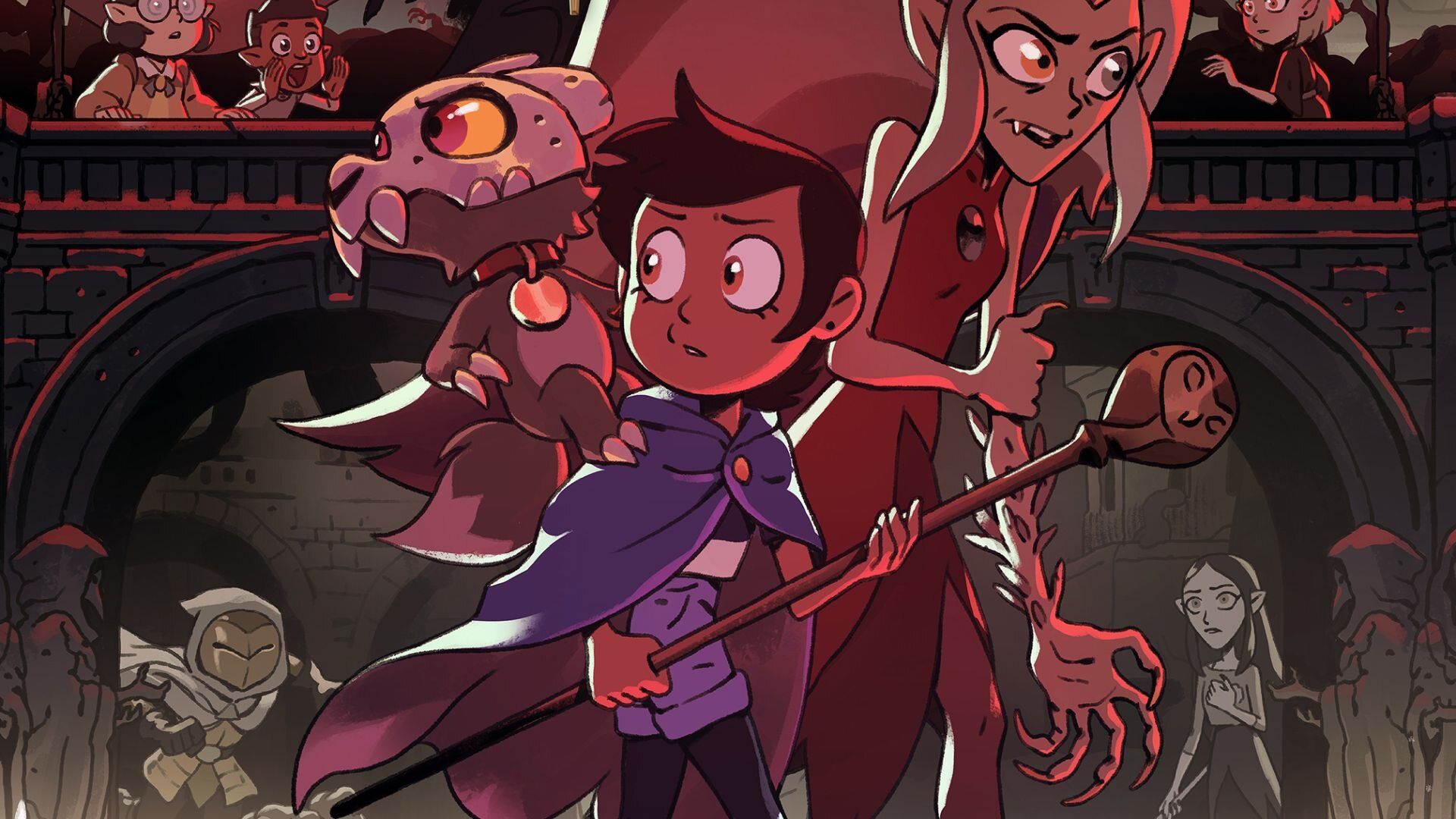
“I art direct and review between one and four episodes a week and they're all in various stages of production,” Cometa explains. “An episode of The Owl House takes about a year to make, and I'm in almost all stages. In pre-production, I'm providing visual development for scripts and boards; in the middle of production, I'm reviewing and finalizing art; and in post-production, I'm reviewing animation and final pictures. All in the same week. It’s not too far off from the other shows I’ve worked on, but every show is specific in their overall storytelling techniques, executions, and design theories. Each production I learn something new, carry it with me onto the next, and expand upon [it] from there.”
While Cometa has made his name in the world of traditional animation, he’s also dabbled in the gaming industry, albeit in a rather roundabout way. He worked on a cartoon inspired by Double Fine’s Costume Quest, a quirky adaptation that was filled with references to games while also telling an original story of its own. “It was a dream working on that show as well,” Cometa tells me. “I was well aware of Double Fine prior to joining the team – I was a fan of Psychonauts, Grim Fandango, and had caught wind of Costume Quest through their Amnesia Fortnight events. Early in college, I had debated studies in game design, so I was big on following indie game development and developers then. I very much enjoyed the game’s lightheartedness, a lot of its overall creativity, and its design theories.”
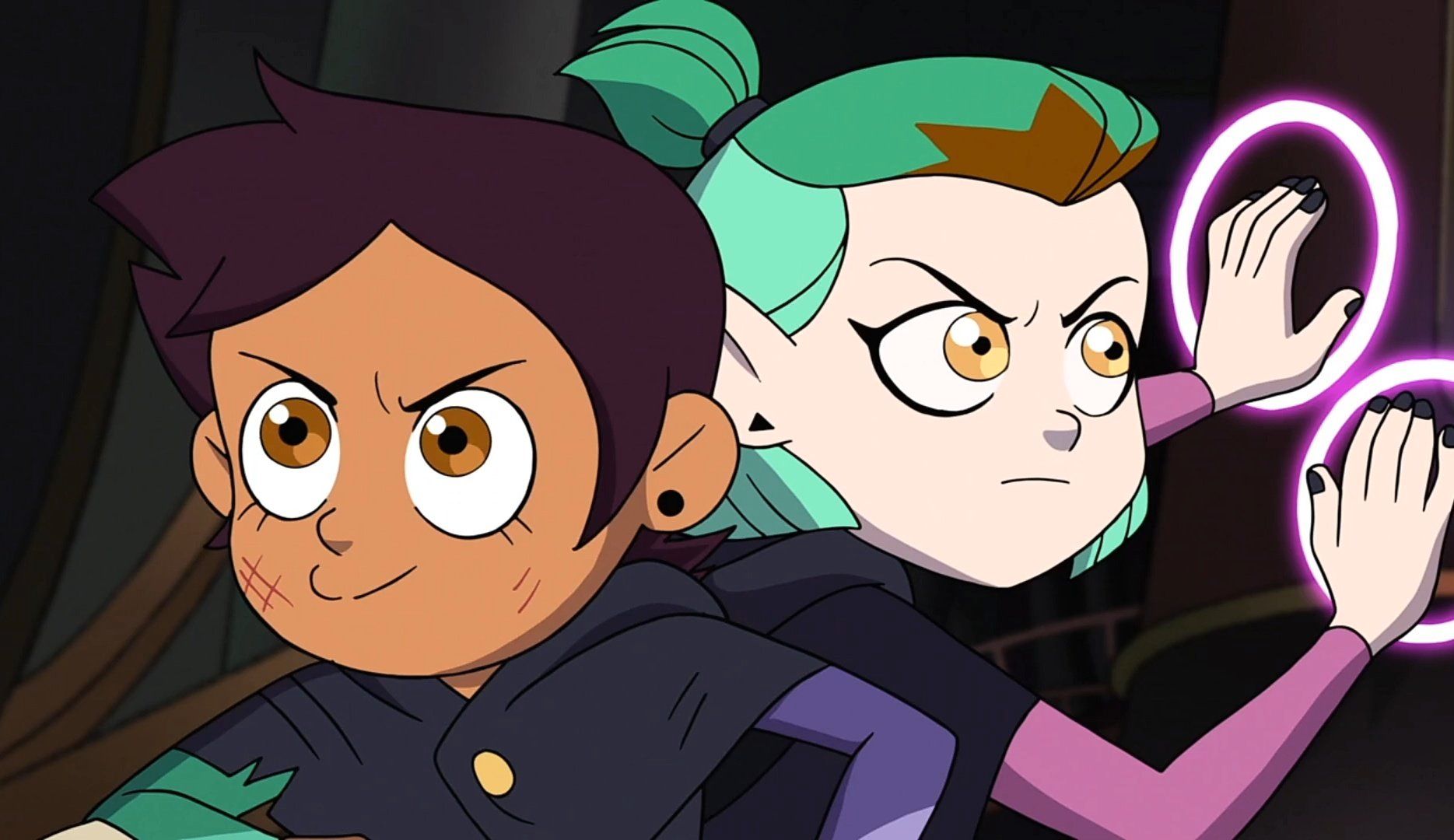
Despite its standing as a show on Disney Channel, The Owl House’s art isn’t afraid to explore the bleaker side of fantasy, although it’s always tinged with an element of sweetness. Cometa echoes this sentiment, expanding on how art direction is often used to inform narrative while once again touching on how the entire team helped to make each new episode something to be proud of. “The art, writing, and overall story are mostly a collaborative effort, especially [for] early season one,” he tells me. “Our art team would receive outlines and descriptions, which we would then provide rough visuals for; they would then be used to further expand and flesh out the narrative. More often, our writers would utilize pre-existing art and expand upon those further, which would later come back to us – we would do the same and the cycle continues. Additionally, a handful or our writers are also amazing artists – Dana Terrace will almost always have art to complement the writing.”
Outside of the artistic and animated side of The Owl House, it has also set a benchmark for queer representation in children’s animation. While LGBTQ+ identities are often relegated to the background in larger properties such as Star Wars and Marvel, this show includes canonical queer relationships and an exploration of young love that is almost always seen from a heteronormative perspective. “Representation and diversity is important,” Cometa says. “LGBTQ stories and relationships need to be shared, celebrated, and become part of the norm. We are all people and feel love and pain in similar ways. By sharing these stories, it celebrates our differences while educating others on how we are similar. I’m not entirely sure if the mainstream is becoming more accepting of queer and diverse content, but I feel as long as we continue to share these genuine stories and relationships, the more accepted they will become.”
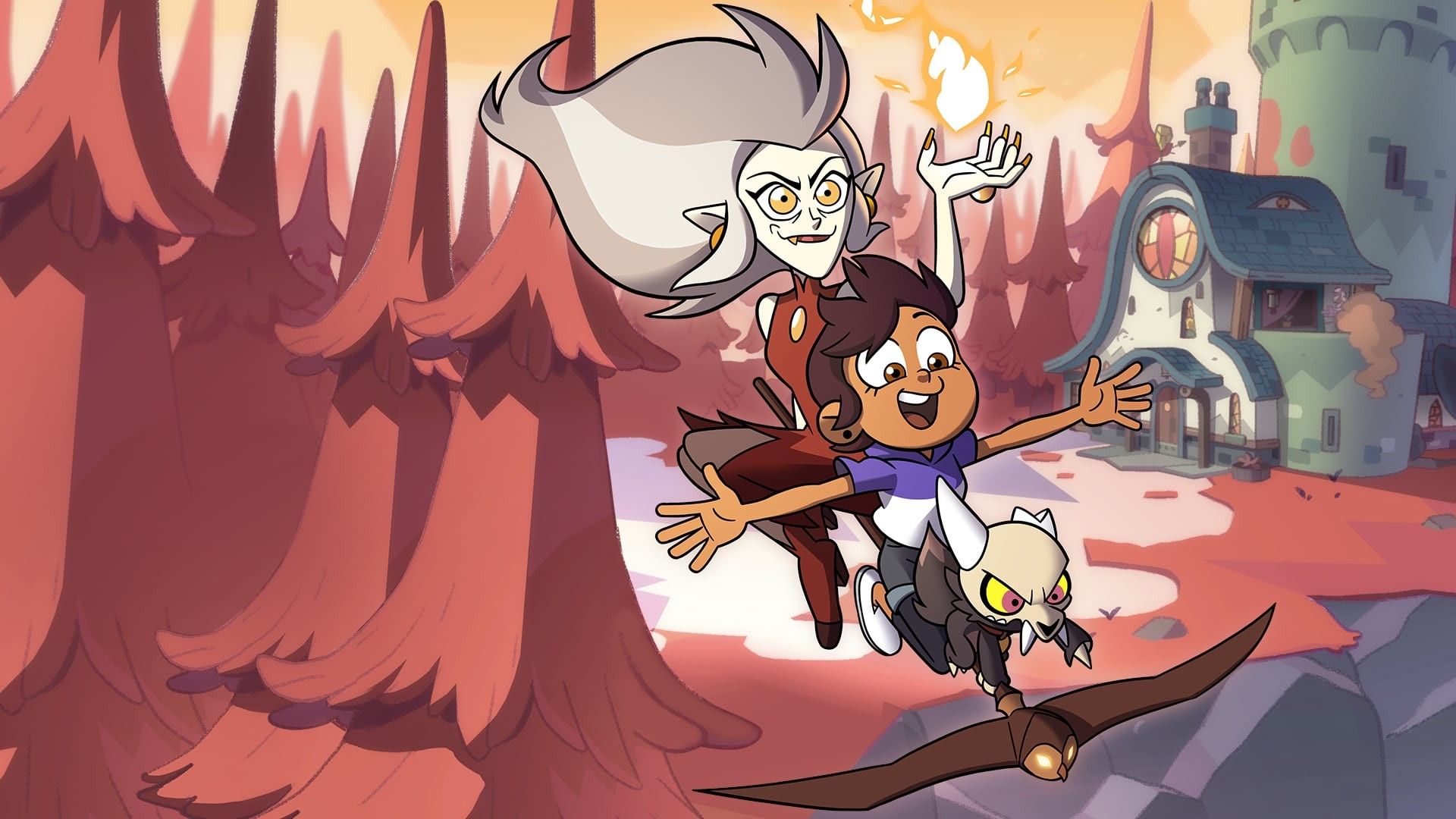
The show is still airing, so we’ve yet to see many of its character arcs conclude as part of wider plot developments, many of which appear to double down on queer representation in a way I never would have expected even a few months ago. We shouldn’t count on large corporations like Disney to push the medium forward like this, but there’s love and honesty to be found among the creators of shows like The Owl House, many of whom are trying to make the world a better place even if it’s through the media we consume.
Towards the end of our conversation, I ask Cometa about his most treasured memories from working on The Owl House. Once again, it all comes down to collaboration. “My favorite part is our design review meetings,” he says. “We meet twice a week with our art team. They share their work in progress and final production art for each episode. It’s there we see an inkling of what the final episodes will look like and it’s an absolute pleasure seeing everyone’s creative sensibilities seep into the show. It’s a collaborative environment and a chance to celebrate everyone’s creativity and hard work. It's a lot of fun and so very inspiring.”
Next: The Owl House Is Showing Young Viewers The Necessity Of Queer Rebellion
